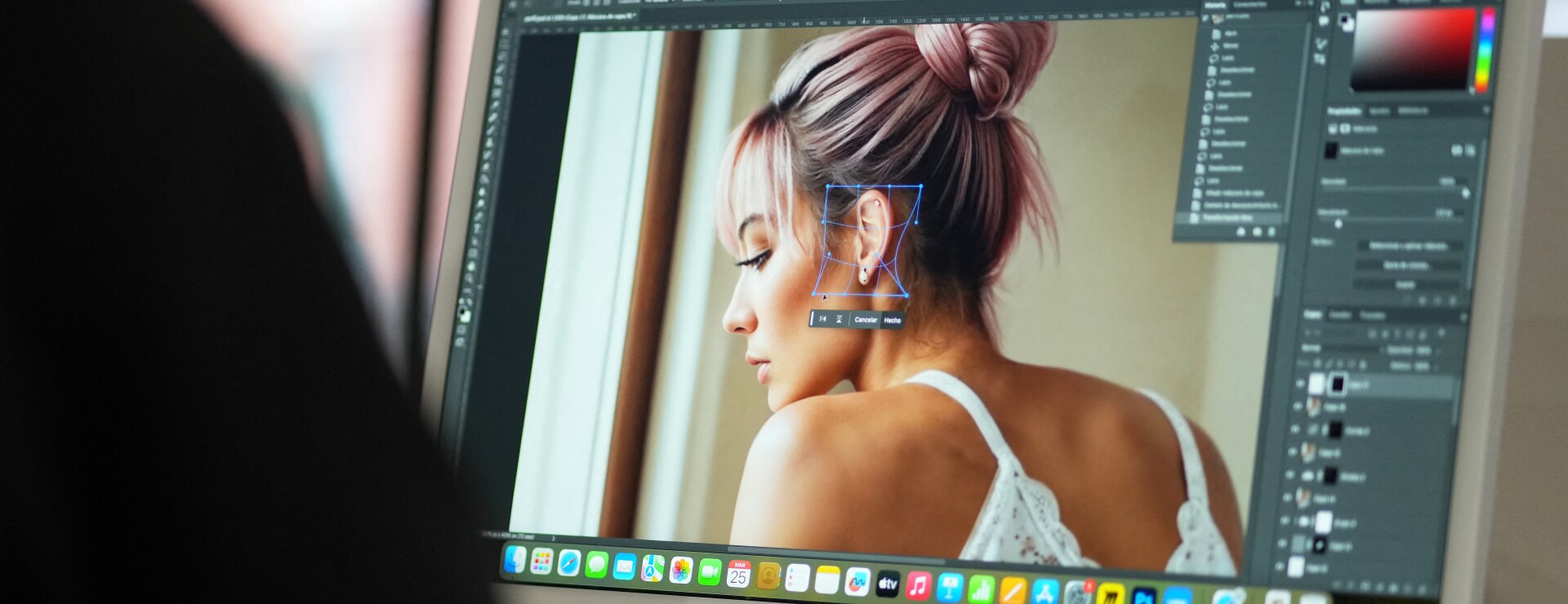Fashion
Generative AI in Fashion Design Complicates Trademark Ownership

Emerging technologies are weaving their way through the fashion industry. Whether it’s offering unique fashion pieces through nonfungible tokens such as Dolce & Gabbana’s Collezione Genesi NFT or Metaverse Fashion Week 2023, fashion creatives are embracing the opportunity to engage with cutting-edge technologies.
Generative artificial intelligence is expected to add up to $275 billion to the apparel, fashion, and luxury sectors’ operating profits in the next few years. Technology in the fashion space can be used to enhance sustainability and creativity, tailor products to consumer preferences, predict trends, and minimize barriers to entry into the fashion industry.
Recent lawsuits against generative AI companies have largely implicated copyright concerns. The flood of cases is likely to be challenged by trademark owners whose concerns could be at the forefront.
Legal Landscape
Generative AI in fashion design poses novel and significant issues for trademark owners. For example, an AI tool called the New Black helps fashion designers create brand names, slogans, bags, and among other things. If tools like this can generate, within seconds, a design that resembles an existing trademark, how does the trademark owner seek redress?
In Getty Images (US) v. Stability AI, plaintiff Getty Images asserts trademark claims against Stability AI, alleging that output generated by Stability AI’s Stable Diffusion model contains “a modified version of a Getty Images watermark, creating confusion as to the source of the images and falsely implying an association with Getty Images.”
To be liable for infringement, the accused must use the infringing trademark “in connection with the sale, offering for sale, distribution or advertising of any goods or services,” known as commercial use. The commercial use must be “likely to cause confusion, or to cause mistake, or to deceive” consumers as to the source of the infringing mark.
Does output by a generative AI model constitute commercial use? And is output by a generative AI model likely to cause consumer confusion as to source?
Fashioning the Future
The answers to questions surrounding use of generative AI in the fashion industry largely depend on how courts will interpret trademark infringement as applied to these novel technologies.
A fashion designer who uses generative AI to produce and commercialize products that infringe existing trademarks could be held liable under a direct infringement theory. The trademark owner would have to show ownership of a valid trademark and a likelihood of confusion resulting from a defendant’s alleged infringing use.
Under existing law, a generative AI company may itself evade accountability under a direct infringement theory for merely generating the potentially infringing output. This is because the trademark owner likely can’t show the commercial use requirement as to the generative AI company.
In this scenario, the generative AI company provides a platform that a third party uses to create and use an infringing mark, but doesn’t itself use the infringing mark. A generative AI company could be held liable under an indirect theory of trademark infringement.
To establish contributory liability, a plaintiff must show the defendant either “intentionally induce[d] another to infringe” his or her trademark or “continue[d] to supply its product to one whom it knows or ha[d] reason to know [was] engaging in trademark infringement.”
Where the defendant provides a service rather than a product, a plaintiff also must establish that the defendant had “[d]irect control and monitoring of the instrumentality used by a third party to infringe.”
Plaintiffs may argue that the generative AI company has direct control over the tool used by the designer to create the infringing design and/or mark, and therefore is contributorily liable for the resulting direct trademark infringement. However, plaintiffs may face a hurdle with showing the requisite knowledge by the generative AI company that the tool is being used to infringe on another’s trademark.
Many generative AI companies have affirmatively implemented safeguards to address concerns related to intellectual property infringement. For example, when we prompted to create a trademark for a shoe company similar to Nike’s “Swoosh” logo, ChatGPT responded:
“I can provide guidance for creating a unique and original trademark, but I can’t create one that is intentionally similar to an existing trademark like the Nike Swoosh logo. It’s crucial to respect intellectual property rights and avoid infringing on existing trademarks. Creating a trademark that resembles another company’s trademark too closely can lead to legal issues.”
Given that direct infringement liability may be inapplicable to a generative AI company, and indirect infringement liability may be difficult to prove, courts and lawmakers will need to adapt existing legal frameworks to address the unique challenges AI technology poses.
This article does not necessarily reflect the opinion of Bloomberg Industry Group, Inc., the publisher of Bloomberg Law and Bloomberg Tax, or its owners.
Author Information
Alesha Dominique is an intellectual property brands partner at Norton Rose Fulbright.
Ani Galoyan is an intellectual property brands associate at Norton Rose Fulbright.
Write for Us: Author Guidelines










